What are the GST rates?
Every Indian businessman and consumer must know the GST rates because when the rates are changed by the GST Council it affects the different industries, trade bodies, and consumers, impacting the overall nation’s economy. From July 2017, the Gujarat government replaced several state and central taxes and introduced GST on July 1, 2017. Since then it has streamlined the tax structure in the country and has made taxation rules easier to understand. For any company, an important characteristic of GST is its tax rate structure and categorization that changes depending on the types of goods or services provided. In this article, we will introduce the various rates of GST and how they are applied to different kinds of goods and services.
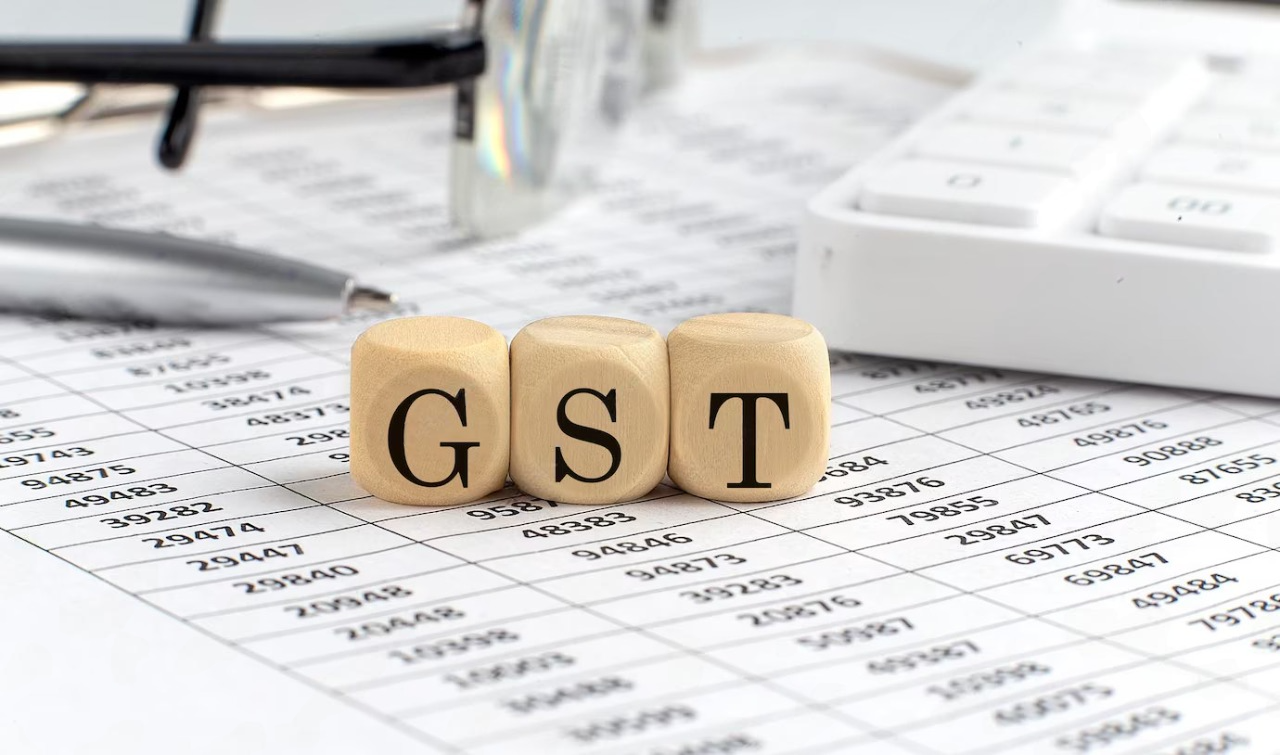

What is GST?
Goods and Services Tax commonly known as GST is the indirect tax imposed on the sale of goods or services under the act of CGST, SGST, and IGST. Businesses registered under GST law must issue bills with additional GST money they charged with each product. GST rates for CGST and SGST are roughly the same but the GST rate for IGST is about the sum total of CGST and SGST rate.
Understanding the GST Rate Structure
1. 0% GST Rate
The 0% GST rate, popularly known as the exempt category, is the essential goods and services. The items or products are considered necessary in everyday life and, hence, are free from GST so that these could be made cheaper. Some examples of goods and services under the 0% GST rate are as follows:
- Fresh fruits and vegetables
- Milk and dairy products (except for the branded ones)
- Unprocessed food grains such as rice and wheat.
- Books and study material
- Health and educational services
- Salt and sugar
- Unpacked Paneer
- Besan
- Natural Honey
- Fresh Vegetables etc.
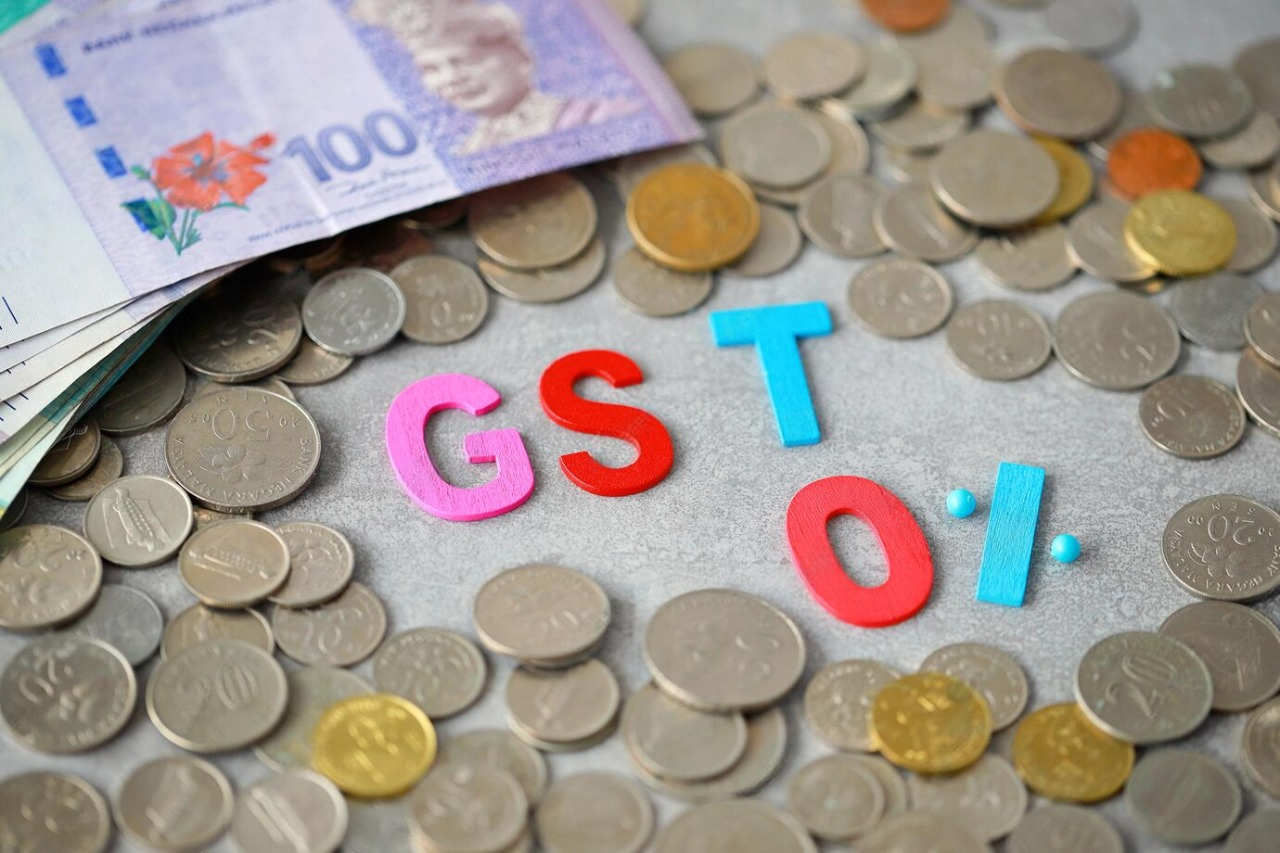
Do you want to know more about our hihellohr Software?
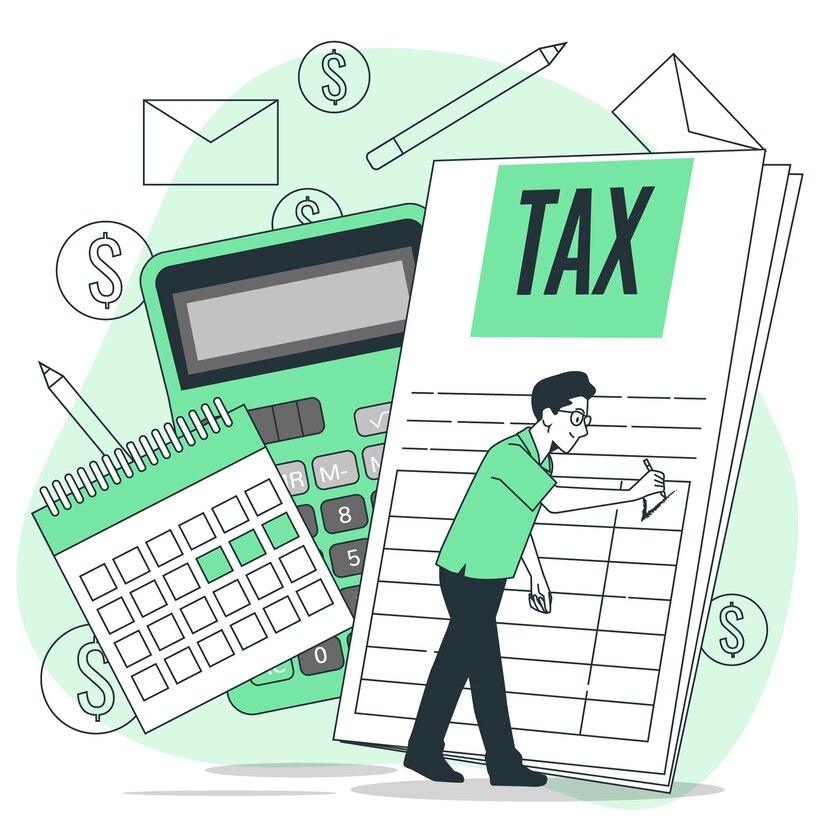
2. 5% GST Rate
This 5% GST is applied to the essentials that are not completely processed but are necessary for daily use. This kind of rate tries to keep the prices affordable and also contributes to the government’s tax revenue. For some of those goods/Services that come under this 5% GST, the following examples- Packaged food items such as branded rice, flour
- Edible oils
- Medicines and pharmaceutical products
- Sugar and packed paneer
- Domestic LPD
- Milk Food for Babies
- Coil and roasted coffee beans
3. 12% GST Rate
This rate of 12% GST is for goods and services that are not that essential and undergo some processing. Such goods cost more than basic essential things and have a bit more tax as compared to essential necessities. A few items under this category are:
- Packaged as well as canned food
- Other appliances used for cooking such as pressure cookers and stoves
- Refrigerators, washing machines, and other white appliances
- Processed meat and dairy products
- Business class air travel
- Construction services (affordable housing projects)
4. 18% GST Rate
The 18% GST rate is one of the most frequently used rates, and most types of products and services fall under this rate. The items that come under this are not considered that important and a common individual can live without them but this is one of the most used by consumers. As a result, the government fetches very good revenue from it as well. Some of the items along with their services fall under the 18% category and include:- Branded ready-to-wear garments and clothing
- IT and software services
- Telecommunication services
- Restaurant services (except those in 5-star hotels)
- Banking and insurance
- Beautifying and personal care products like shampoos, cosmetics
- Home appliances like TVs, air conditioners, and microwaves
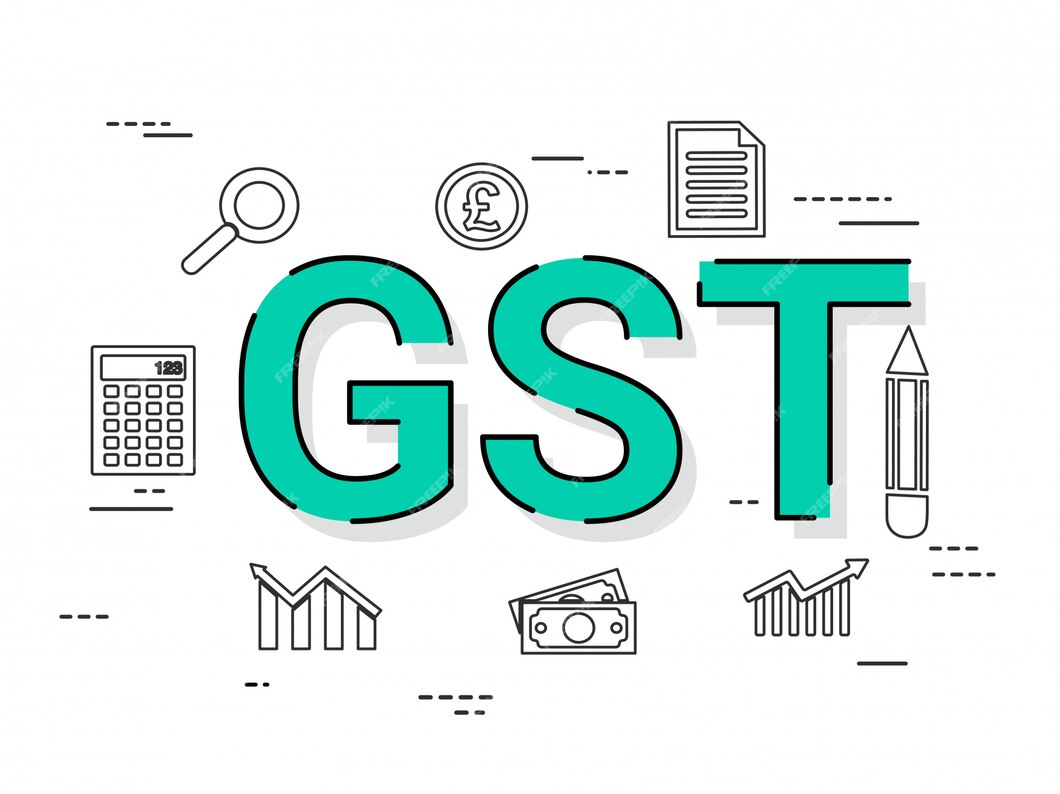
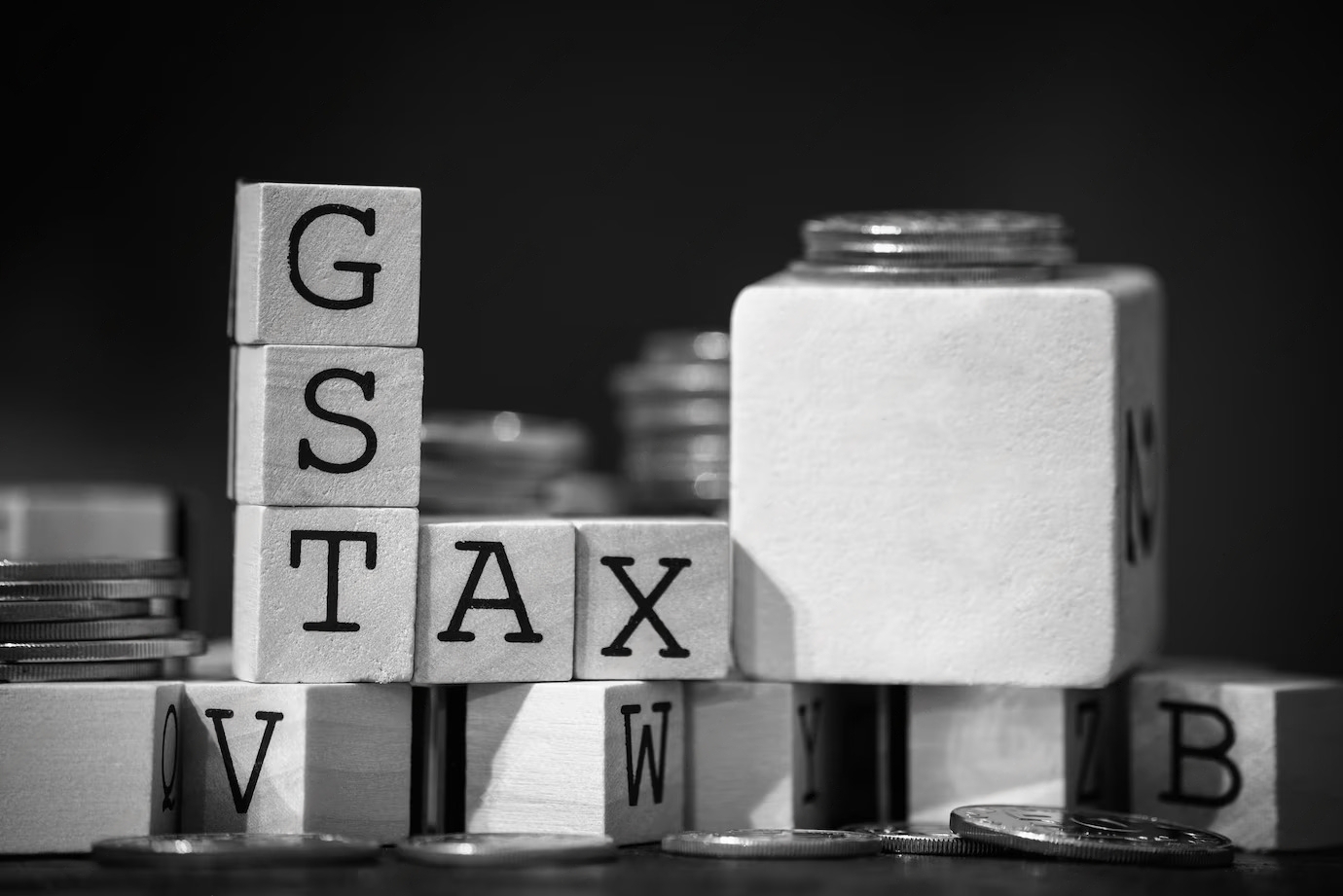
5. 28% GST Rate
The 28% GST rate is the highest tax slab and is applied to only luxury goods, non-essential items, and sin goods, or those products that are not required to health and the environment. This rate is to reduce the consumption of such goods and to ensure that those who afford luxury items contribute more to the nation’s economy. Examples of goods and services that fall under the 28% GST rate are as follows:- Luxury cars and SUVs
- Superbikes
- Tobacco products and cigarettes
- Soft drinks or aerated drinks
- Firecrackers
- 5-star hotel services
- Lottery and gambling services
Cess on Certain Goods
Some of the goods are also charged with additional cess. These cess are applied to specific items such as luxury and wrong goods that are not required. The cess will be depending on the types of goods and services such as luxury care will have more cess which is up to 15%, while cigarettes can have cess as high as 290% to discourage the use of these products.
Special Rates for Gold and Precious Metals
There are special rates for a few items such as gold and precious metals. GST on gold is 3%, being lower than the base rates because of the economic and cultural value of gold in India. Silver and diamonds fall into the same category.
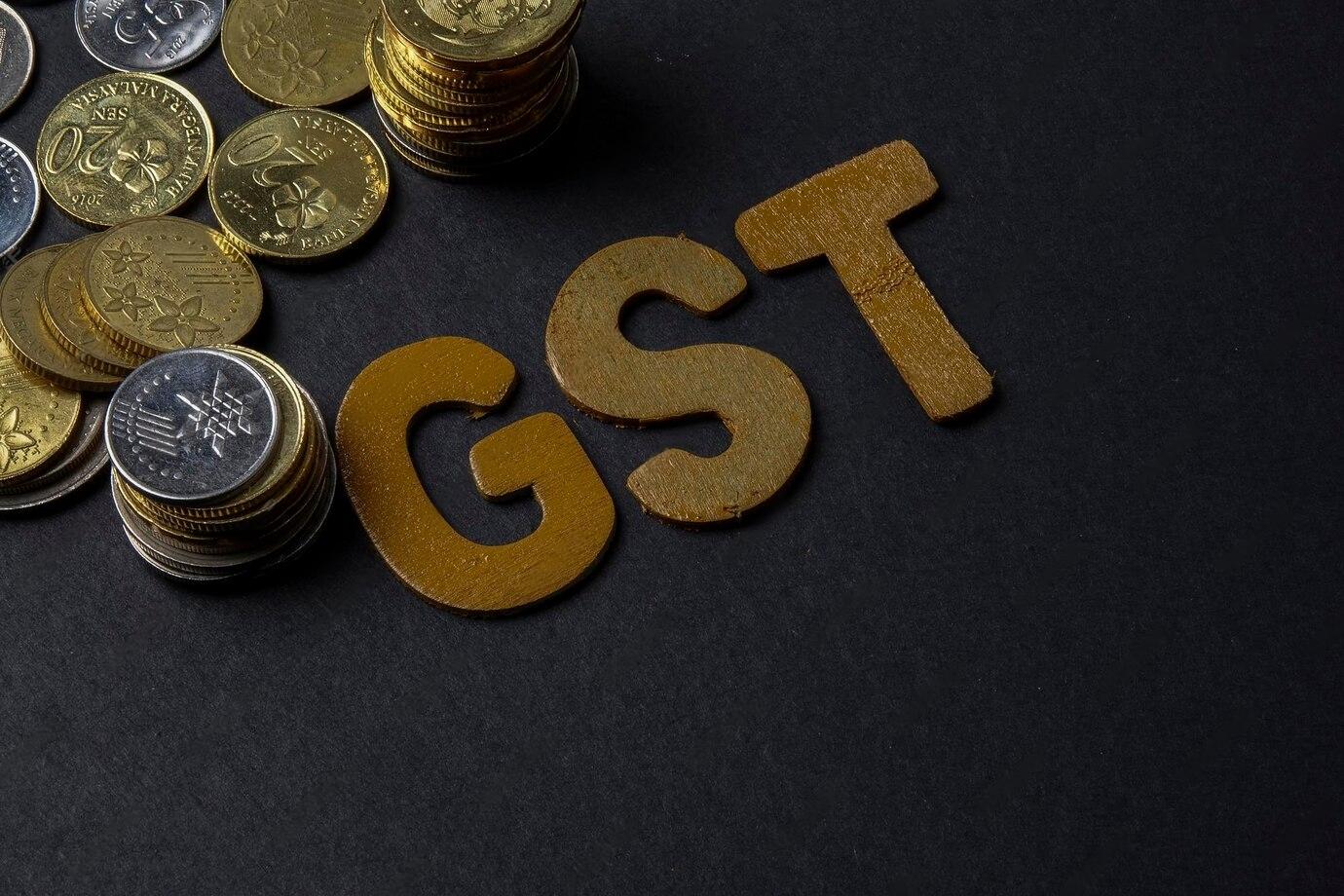
Conclusion
The GST rates in India range from 0% to 28% depending on the type of goods and services. Each is categorised differently based on their importance, affordability status, and consumption needs. For example, necessary products like food and medicines are taxed with low GST rates so everyone can afford it, whereas luxury items are taxed with high prices and only people with a high income can afford.
Related Articles:




